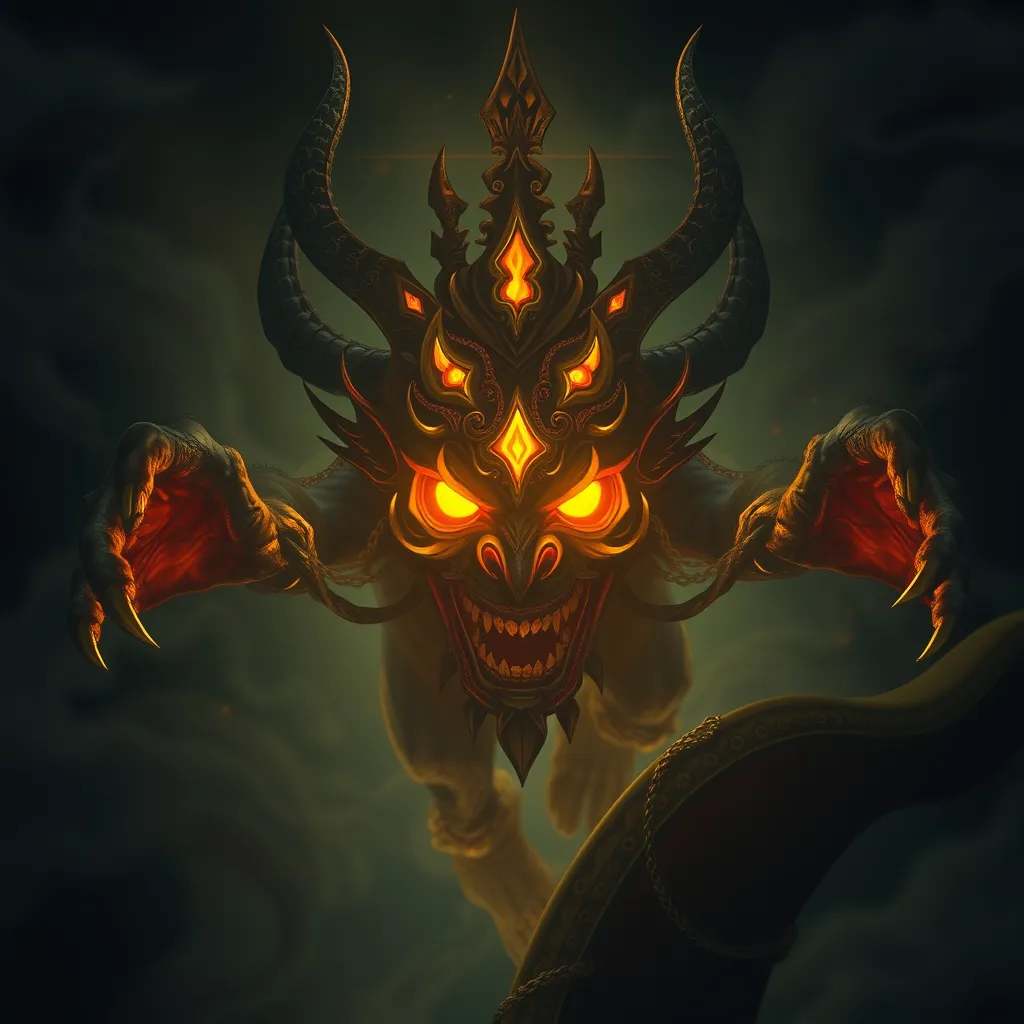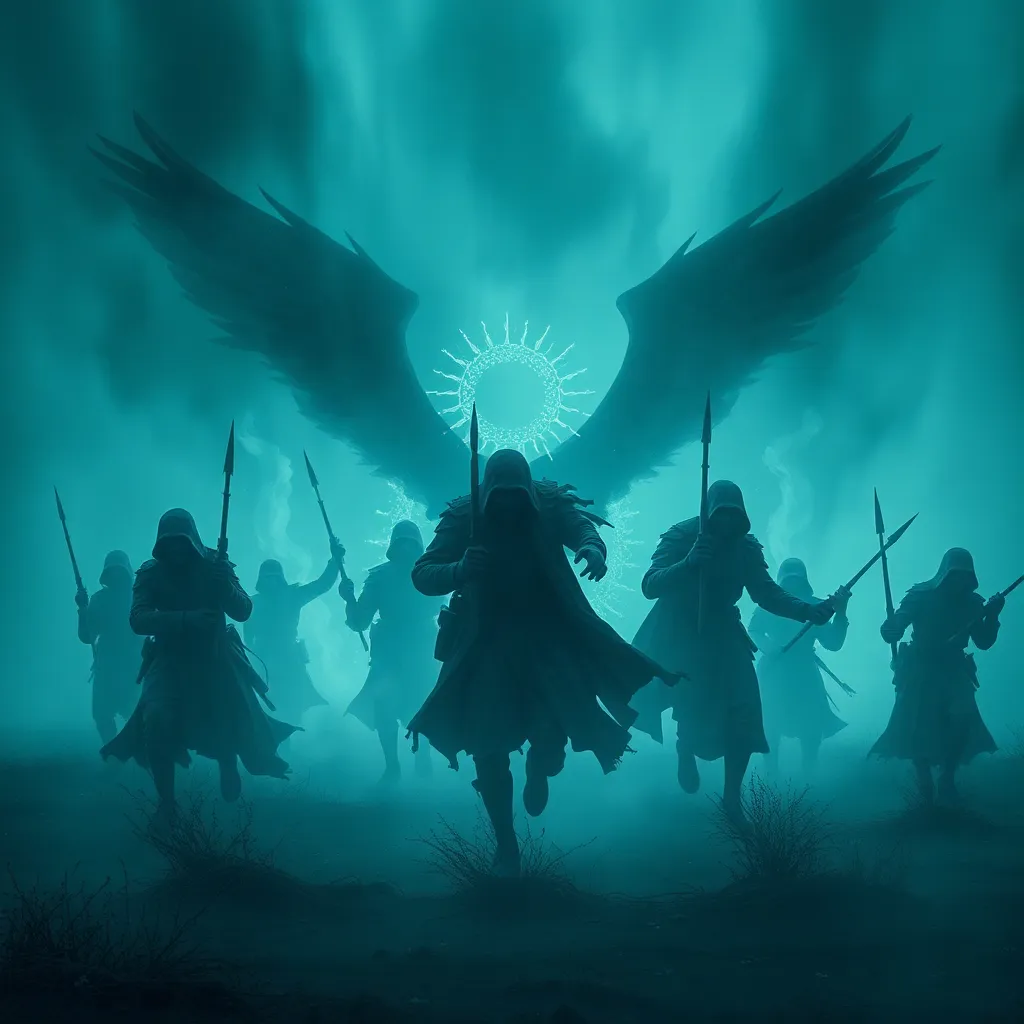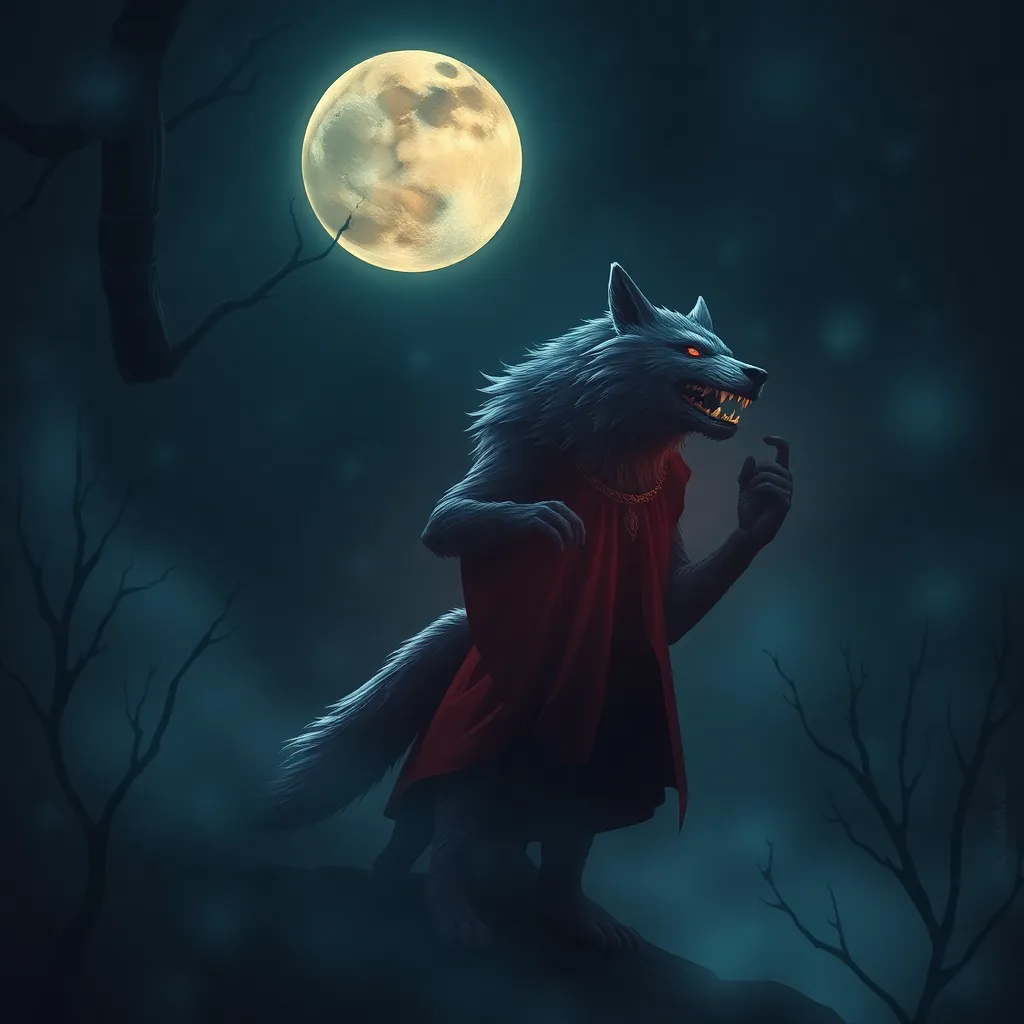The Rakshasa in Indonesian Folklore: From the Shadows of the Javanese Islands
I. Introduction
Indonesian folklore is a rich tapestry woven from the threads of diverse cultures, traditions, and beliefs. It encompasses a variety of mythical beings, epic tales, and moral lessons that resonate with the lives of the people. Among these figures, the Rakshasa stands out as a significant entity, embodying the complexities of good and evil within cultural narratives.
The Rakshasa, a creature of both terror and intrigue, holds a prominent place in the myths and stories originating from the Javanese islands. This article aims to explore the origins, characteristics, and cultural significance of the Rakshasa in Indonesian folklore, shedding light on its dual nature and its relevance in contemporary society.
II. Understanding the Rakshasa: Origins and Characteristics
A. Definition and etymology of Rakshasa
The term “Rakshasa” is derived from the Sanskrit word “rakṣas,” which translates to “to protect” or “to guard.” However, in the context of mythology, Rakshasas are often depicted as malevolent spirits or demons. These beings are believed to possess supernatural powers that allow them to shape-shift and manipulate their surroundings.
B. Historical roots in Hindu mythology
The origins of the Rakshasa can be traced back to Hindu mythology, where they are primarily known as antagonists in epic texts such as the Ramayana. In these tales, Rakshasas are often portrayed as foes of the gods and are associated with chaos and malevolence. Their historical roots have shaped their identity in various cultures, including Indonesia.
C. Distinct traits and attributes in Indonesian context
In Indonesian folklore, particularly in Java, Rakshasas are characterized not only by their fearsome attributes but also by a complex nature that can embody both protector and predator. They are often depicted as fierce warriors with the ability to change form, possessing immense strength and cunning intelligence.
III. The Rakshasa in Javanese Mythology
A. Representation of Rakshasa in traditional Javanese stories
In Javanese mythology, Rakshasas are featured prominently in a variety of traditional stories and puppet shows, such as Wayang Kulit. They are often portrayed as antagonists who challenge heroes, testing their resolve and virtue.
B. Role in epic tales and local legends
Rakshasas play essential roles in epic tales, including the Javanese adaptation of the Ramayana. They are depicted as formidable adversaries to the prince Rama and his allies, showcasing the eternal struggle between good and evil. Local legends often weave the Rakshasa into narratives that reflect the community’s values and fears.
C. Comparison with other mythical creatures in Javanese folklore
Compared to other mythical beings such as the Naga (serpent) and the Garuda (eagle), the Rakshasa stands out for its duality. While Naga are often associated with water and fertility, and Garuda with protection and power, the Rakshasa embodies chaos, making it a more complex figure within the pantheon of Javanese mythology.
IV. Symbolism and Cultural Significance
A. The dual nature of the Rakshasa: protector vs. predator
The Rakshasa symbolizes the duality of existence, embodying the struggle between good and evil. They can be seen as protectors of certain realms, yet their predatory instincts often lead them to wreak havoc on humanity. This duality serves as a reflection of societal values, emphasizing the importance of moral choices.
B. Role in moral lessons and societal values
Through the tales of the Rakshasa, moral lessons are conveyed, often highlighting themes such as the consequences of greed, the importance of bravery, and the complexities of human nature. These narratives serve as cautionary tales that guide societal behavior.
C. Influence on art, performance, and local traditions
The Rakshasa has significantly influenced Javanese art and performance, especially in traditional shadow puppetry. Artists and puppeteers draw upon the characteristics of the Rakshasa to create compelling narratives that engage audiences, preserving the cultural heritage and storytelling traditions of Indonesia.
V. Rakshasa in Contemporary Indonesian Culture
A. Modern interpretations in literature and film
In contemporary literature and film, the Rakshasa has been reimagined and adapted to fit modern narratives. Authors and filmmakers explore the complexities of this character, often portraying them in a more nuanced light, reflecting contemporary societal issues and fears.
B. Influence on popular culture and media representations
- Graphic novels and comic books often feature Rakshasa-inspired characters.
- Television series and movies incorporate Rakshasa legends to create thrilling storylines.
- Video games have introduced Rakshasa as formidable adversaries, blending traditional lore with modern gaming culture.
C. Revitalization of folklore in contemporary society
The resurgence of interest in folklore has led to a revitalization of Rakshasa stories in contemporary society. Cultural festivals, storytelling events, and educational programs aim to preserve and promote these narratives, ensuring that the legacy of the Rakshasa continues to thrive in modern Indonesia.
VI. Regional Variations and Adaptations
A. Differences in Rakshasa narratives across Indonesian islands
Across the Indonesian archipelago, narratives of the Rakshasa vary significantly. In some regions, they are revered as protectors, while in others, they are feared as malevolent spirits. This diversity reflects the rich cultural tapestry of Indonesia.
B. Interaction with local beliefs and practices
Regional beliefs and practices often influence the portrayal of the Rakshasa. In Bali, for instance, Rakshasas are sometimes integrated into rituals and ceremonies, reflecting the island’s unique spiritual landscape.
C. Syncretism with other cultural elements
The Rakshasa also exhibits syncretism with other cultural elements, blending with local mythologies and customs. This interplay enriches the narratives surrounding the Rakshasa, making them more relatable to various communities throughout Indonesia.
VII. The Rakshasa as a Reflection of Societal Fears
A. Analysis of Rakshasa as symbols of societal anxieties
The Rakshasa can be seen as a manifestation of societal fears, embodying the anxieties surrounding chaos, moral decay, and the struggle between good and evil. Their presence in folklore often serves to confront and address these fears.
B. The role of the Rakshasa in addressing contemporary issues
In modern narratives, the Rakshasa has been utilized to address pressing contemporary issues such as corruption, environmental degradation, and social injustice. Through these stories, audiences are encouraged to reflect on their realities and consider the implications of their actions.
C. Psychological implications of Rakshasa myths
From a psychological perspective, the Rakshasa myths can serve as a means of coping with fears and anxieties. By externalizing these concerns into a mythological figure, societies can process complex emotions and find a sense of meaning in chaos.
VIII. Conclusion
The significance of the Rakshasa in Indonesian folklore cannot be overstated. This multifaceted character embodies the complexities of human nature, serving as a powerful symbol of societal values and fears. As Indonesia continues to evolve, the Rakshasa remains a vital part of its cultural heritage, influencing modern interpretations and creative expressions.
Preserving folklore traditions like the tales of the Rakshasa is essential for future generations. These stories not only connect people to their cultural roots but also provide valuable insights into the human experience, reminding us of the enduring power of storytelling.
https://www.youtube.com/watch?v=cpt7J_oEUQk



